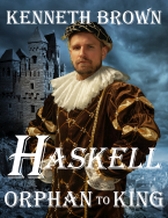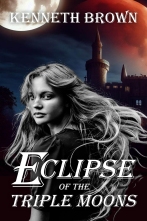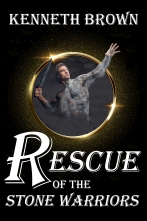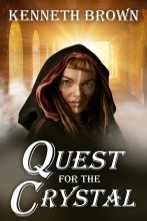Adgitize Press
Does Your Scene have a Purpose or Focus
By: Ken Brown
Published: 6/29/2019
What’s the purpose or focus of your scene?
- Plot Focus
- Character Focus
- Theme Focus
- Suspense Focus
What is the purpose of your scene? Is it to provide information important to the plot? Do you need to tell us more about the character? Is it a section of the novel where you expound on a point important to the theme? Are you trying to heighten suspense?
As you create your scene you need to think about the purpose of the scene. You should vary the purpose of your scenes. At some point you want a scene with a lot of suspense. But many suspense scenes one after another becomes repetitious and difficult to read.
Remember you have to move the plot forward and you will show us the detective making progress toward solving the case. Clues become available and she discards clues and follows up and digs deeper into other clues. Show us the wizard or superhero becoming stronger in the skillset. Show us growth. The wizard may be the one, but show us his development in the craft. The failures as he almost burns himself out drawing too much of the power at once. Or the time he turns his friend into a frog.
Character focus is when you want to give the reader more information about the character. You want to show us the character’s kindness. Or to show us the character is afraid to fall in love again because she has had two bad experiences with guys she wanted to marry but they left her in a bad breakup. You can’t just tell the reader the character is a nice guy. You have to show the character giving their last dollar to a homeless person and going without lunch that day. Or show her petting a lost dog, taking it home, washing it and finding the owner.
If your novel is theme driven, you need to have scenes that will show the reader the different points of view to highlight your theme. If your theme is about guardian angels, then you want some scenes where a character who doesn’t believe in angels shares their viewpoint. Then scenes showing why your main character believes in angels. You may have early scenes where your protagonist doesn’t believe in angels but then something happens that shows him changing his belief.
Suspense comes from delaying gratification to the reader and putting a time clock on the scene. I like to use the example of Lee Child’s character, Jack Reacher. He’s with a woman named, Casey. They have just escaped from some bad guys. Both Reacher and Casey know that more bad guys are on the way. Casey says, “They’ll be here any minute.” Reacher begins to look for something in the shop. Casey waits and then says, “Come on Jack, let’s go.” He continues to check out the rooms in the building they’re in. This goes on for a number of iterations. Casey is the ticking clock while Reacher makes us worry. Make sure you have a clock or a time frame, tell the reader as the clock ticks down to zero. And be sure to delay gratification. Slow time as it gets closer. You want the reader to be worried and to be yelling at her book, “Come on get out of there Reacher.”
You can have scenes showing us plot development and character development and maybe theme at the same time. Just because you’re focusing on plot doesn’t mean you can’t have an additional focus element of suspense or theme.
Recent Blog Articles
Full Moon Snow Covered Backyard
My Current Projects October 2020
Make Your Settings Do Double Duty
Understanding the Scene Process
What is a Scene Purpose or Focus
The Reaction Scene or Sequel Scene
What are the Building Blocks of a Novel
Your Writing Effort is Front Loaded
What I Learned from Reading Lee Child Books
Six Reasons to Describe Your Characters




